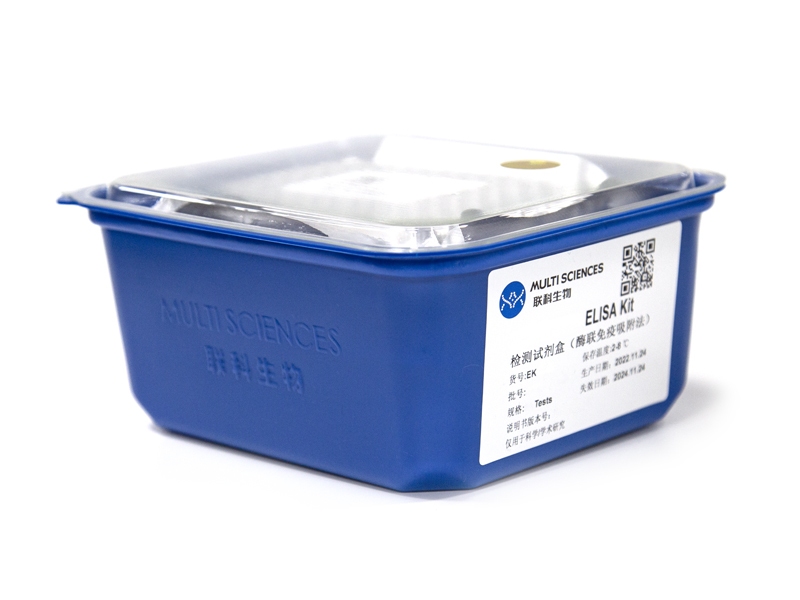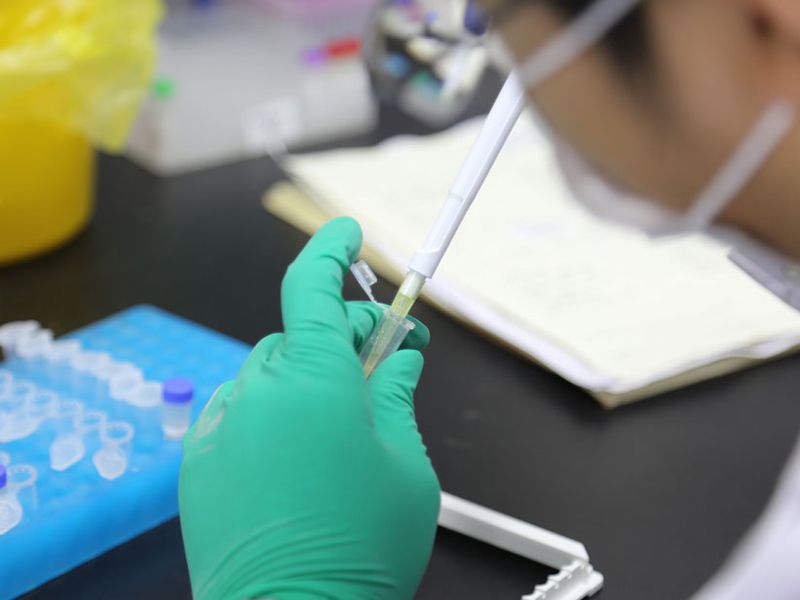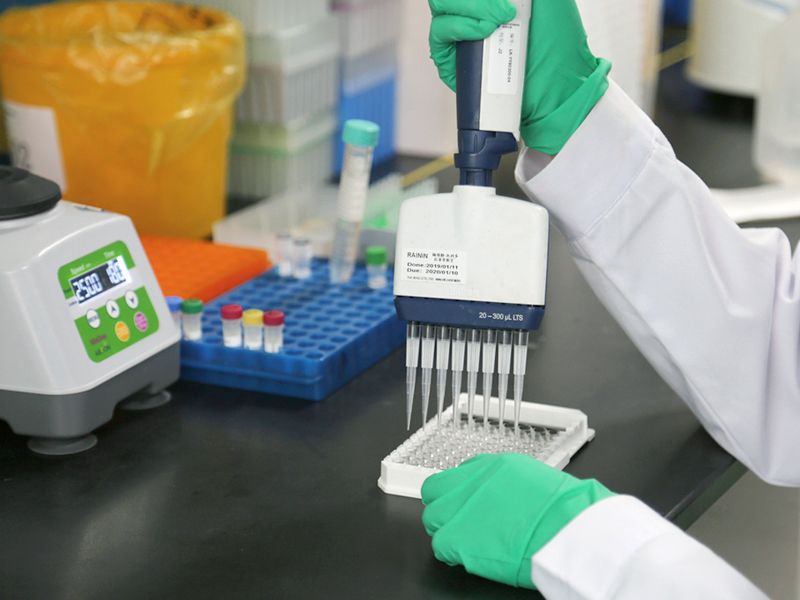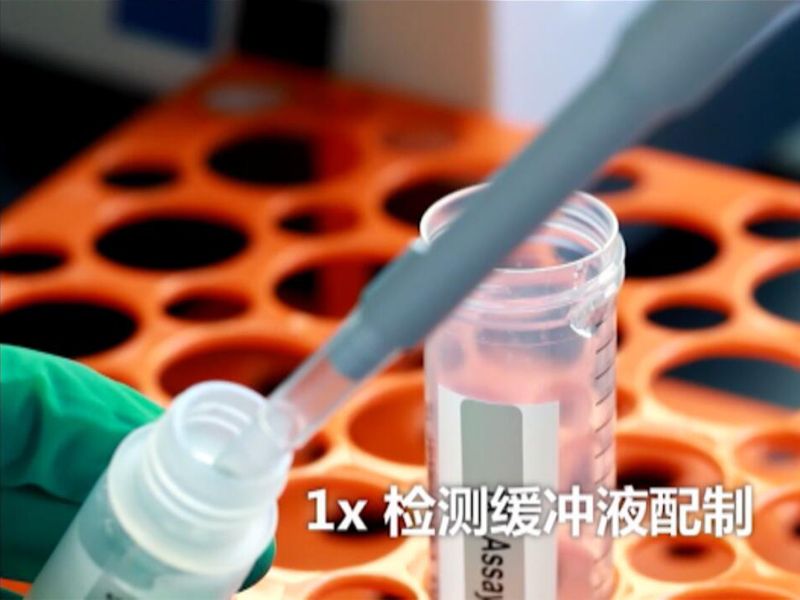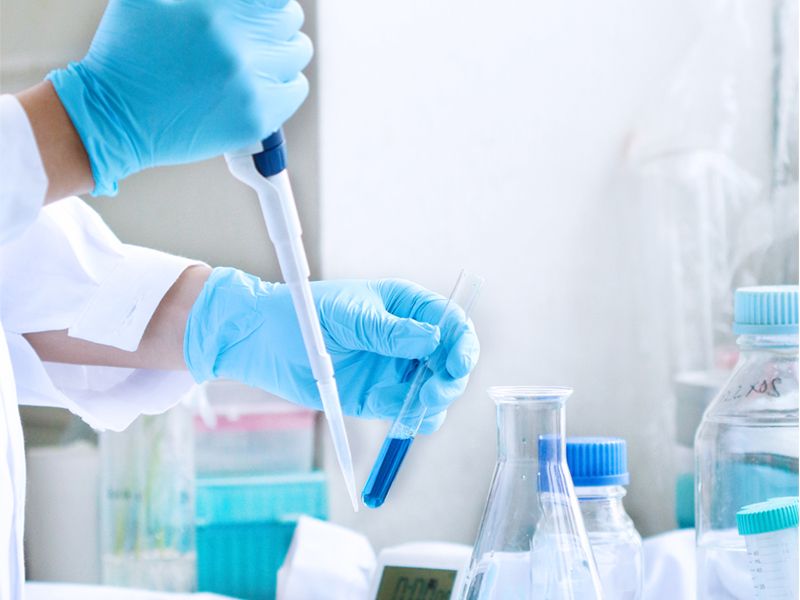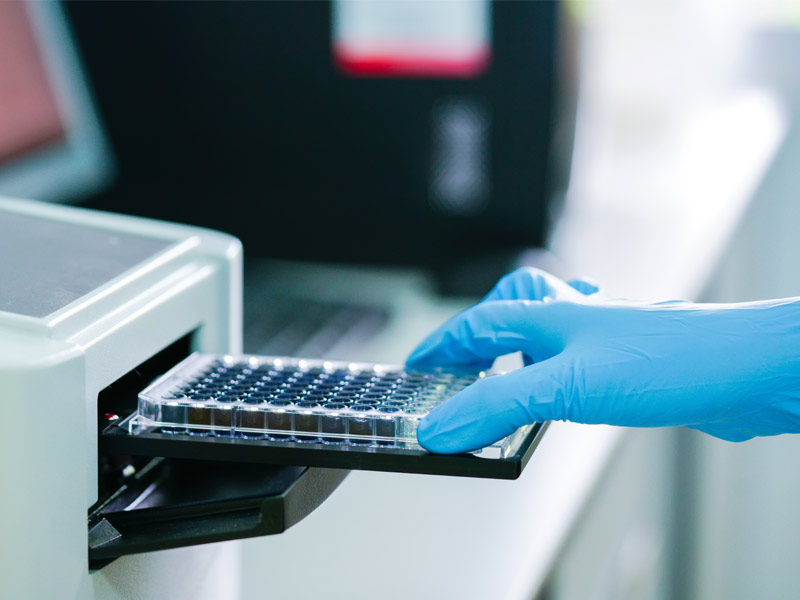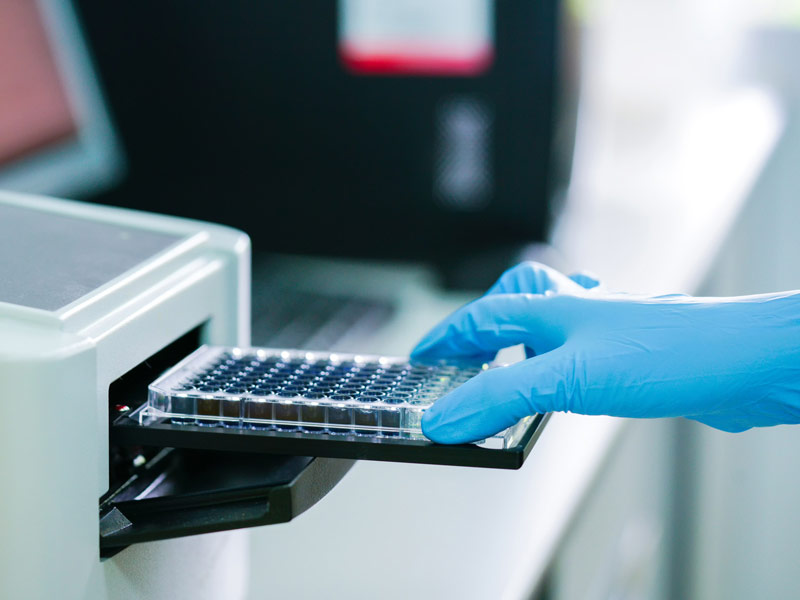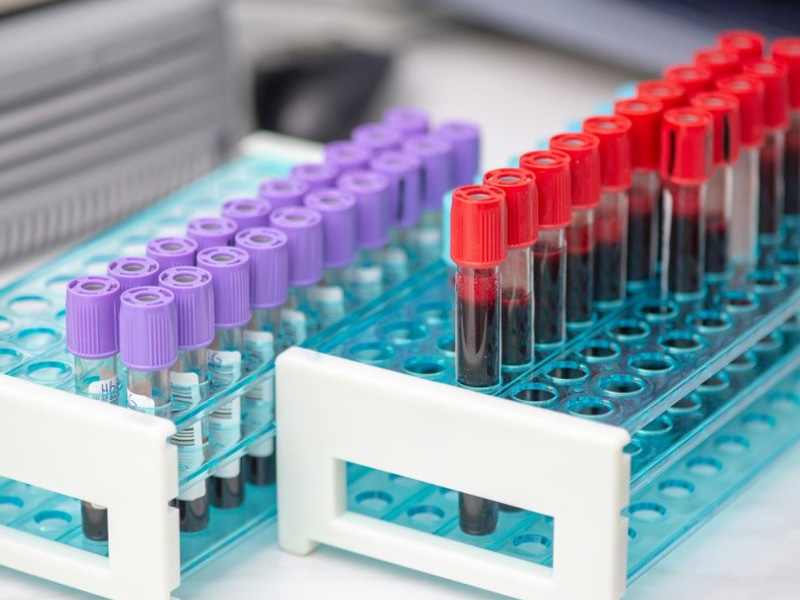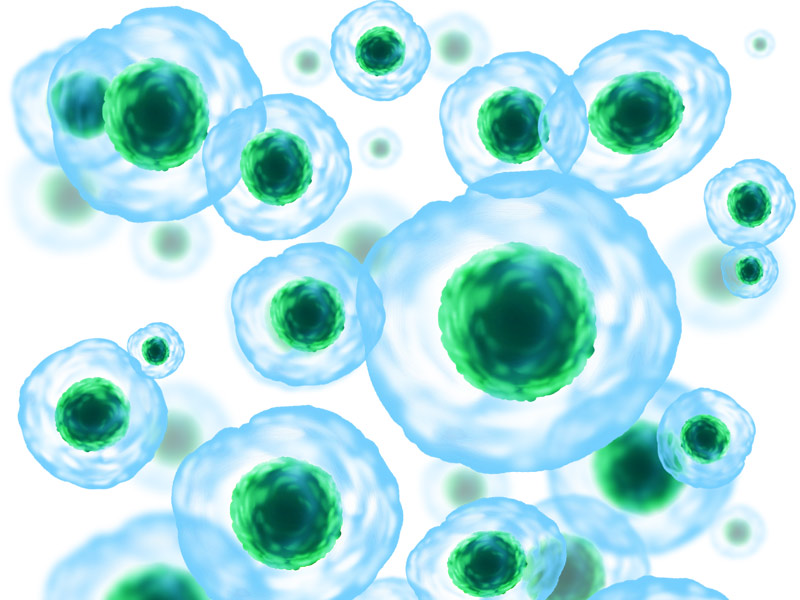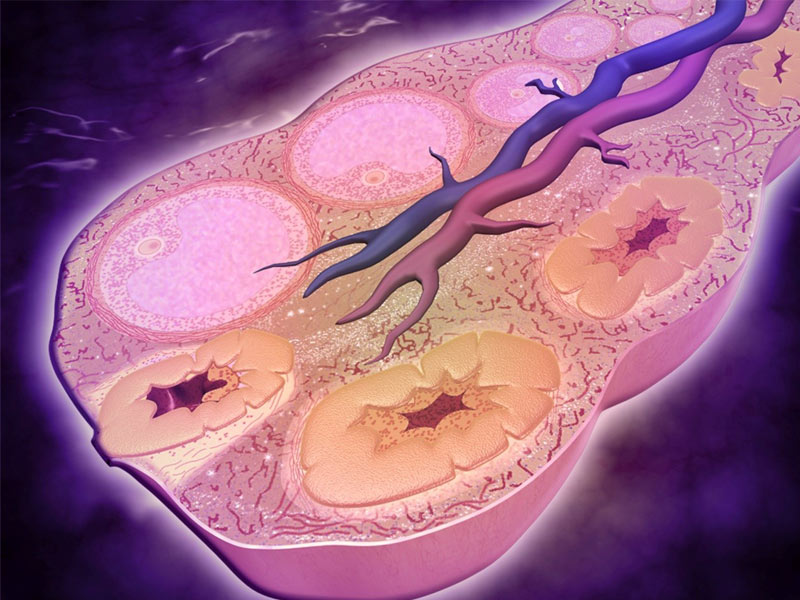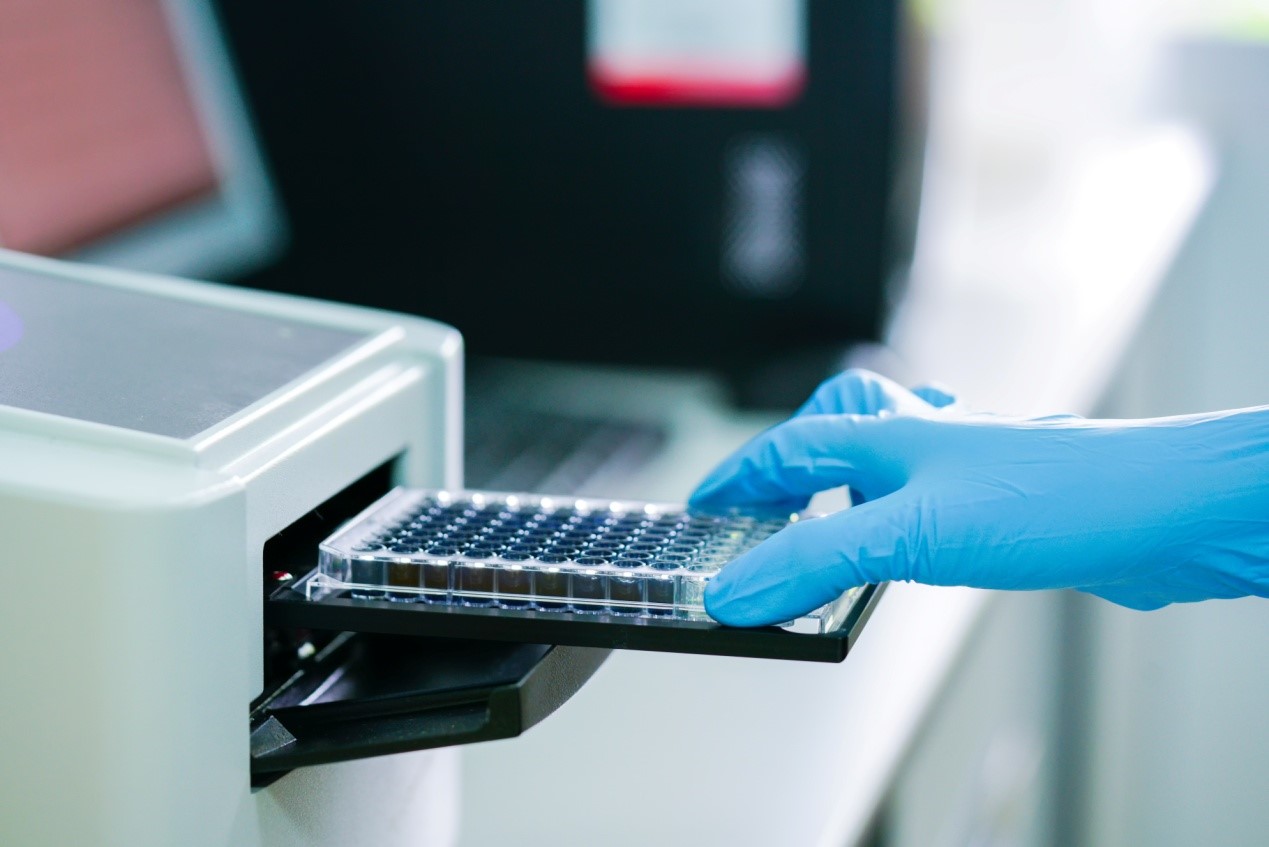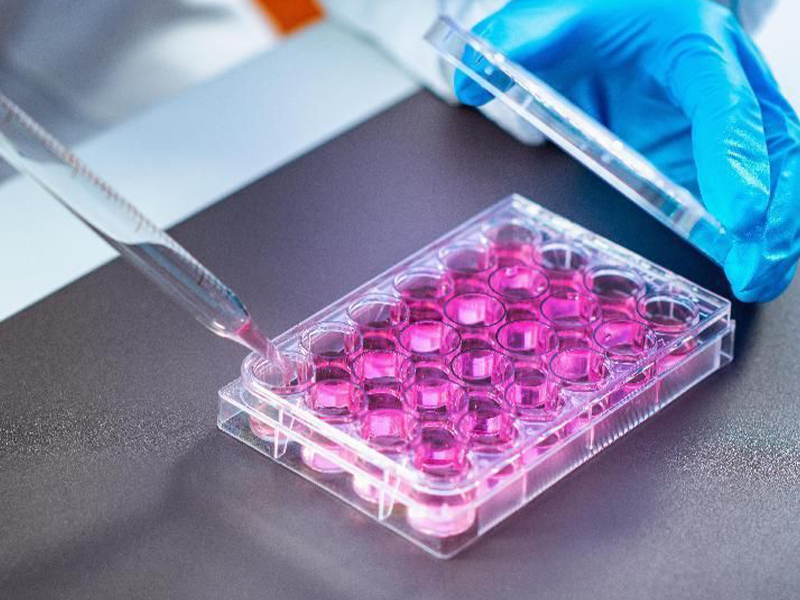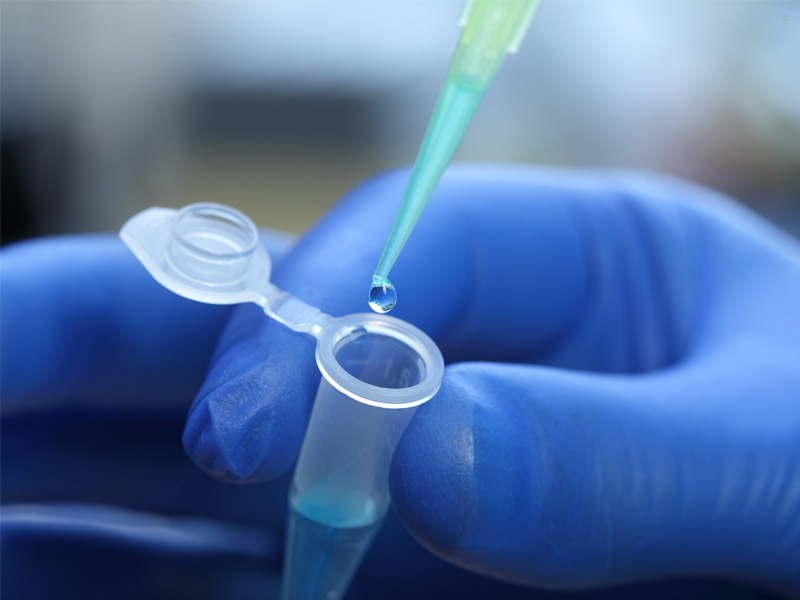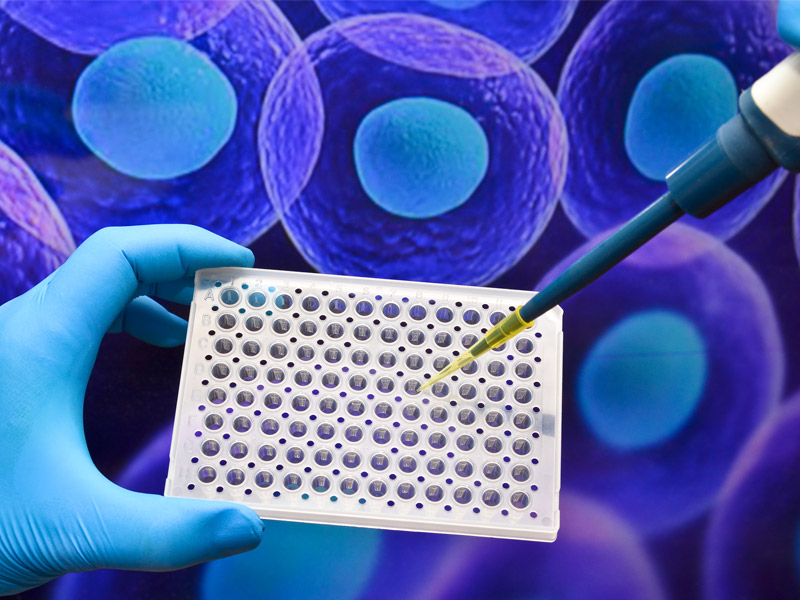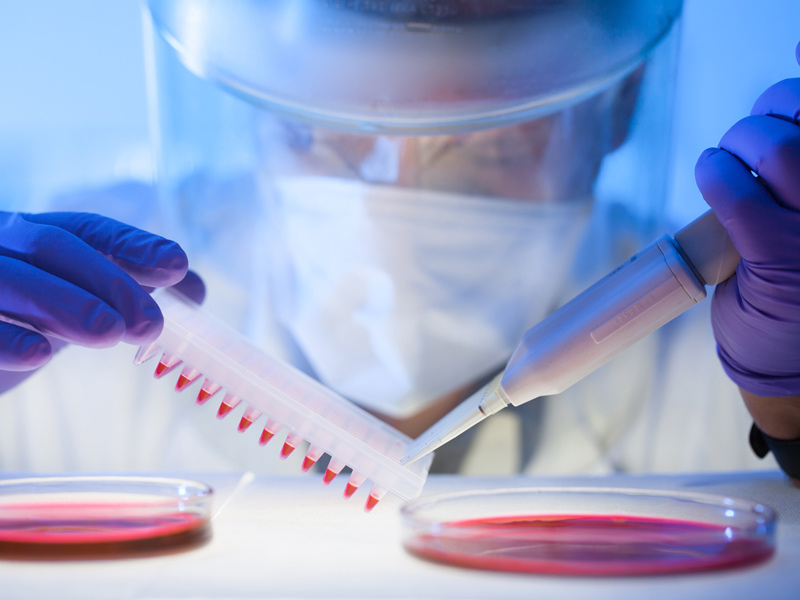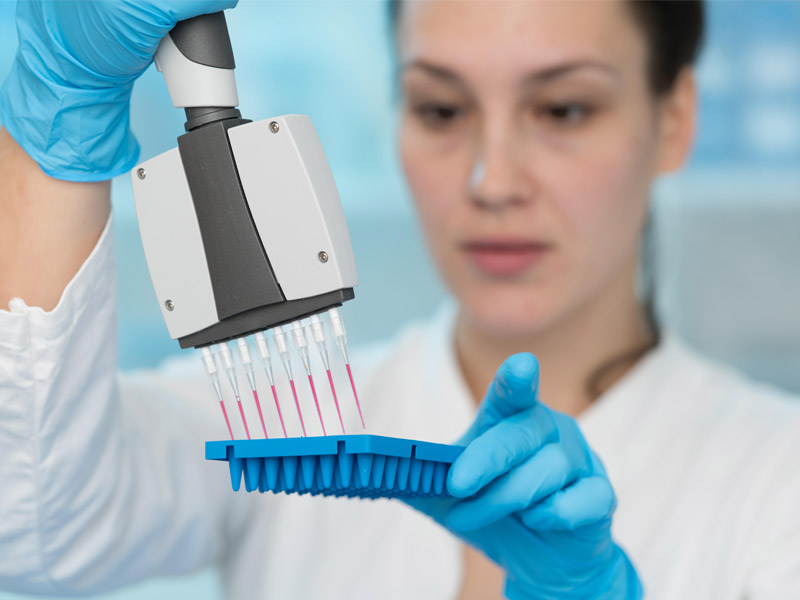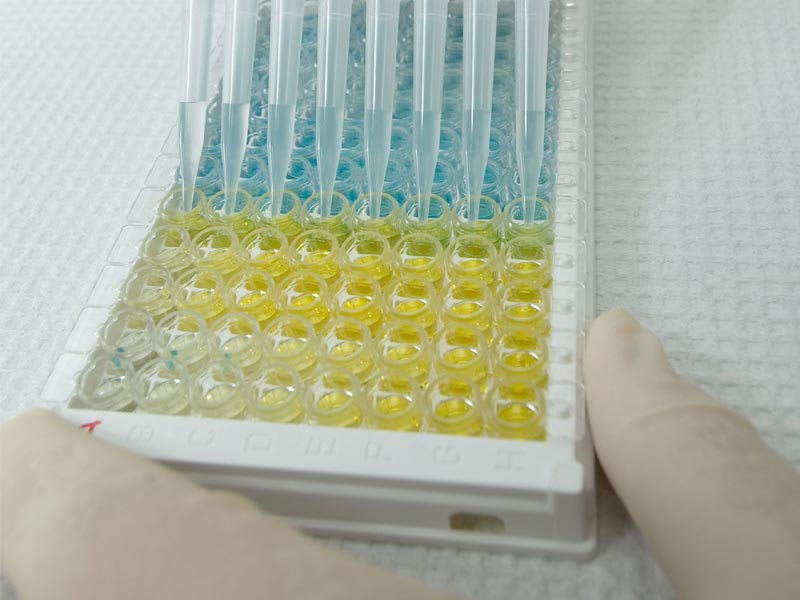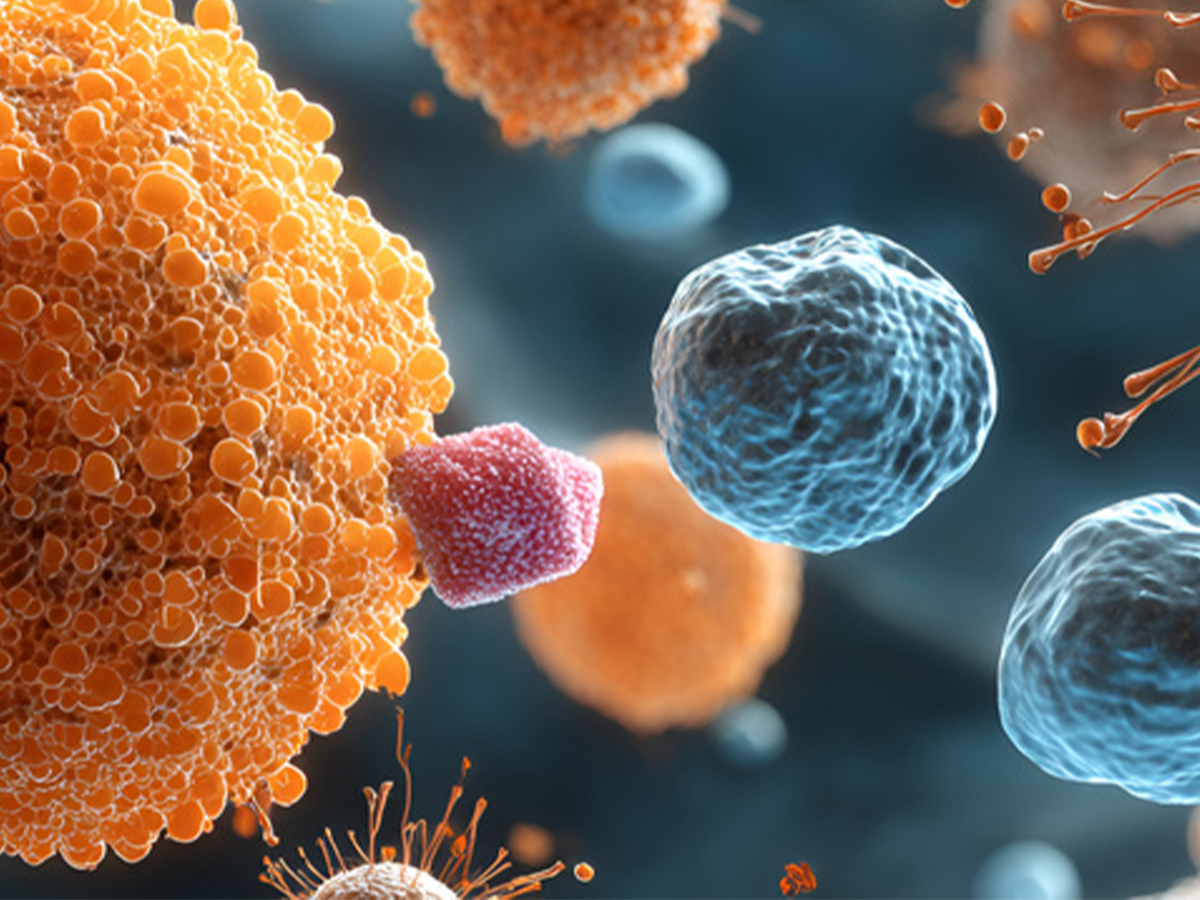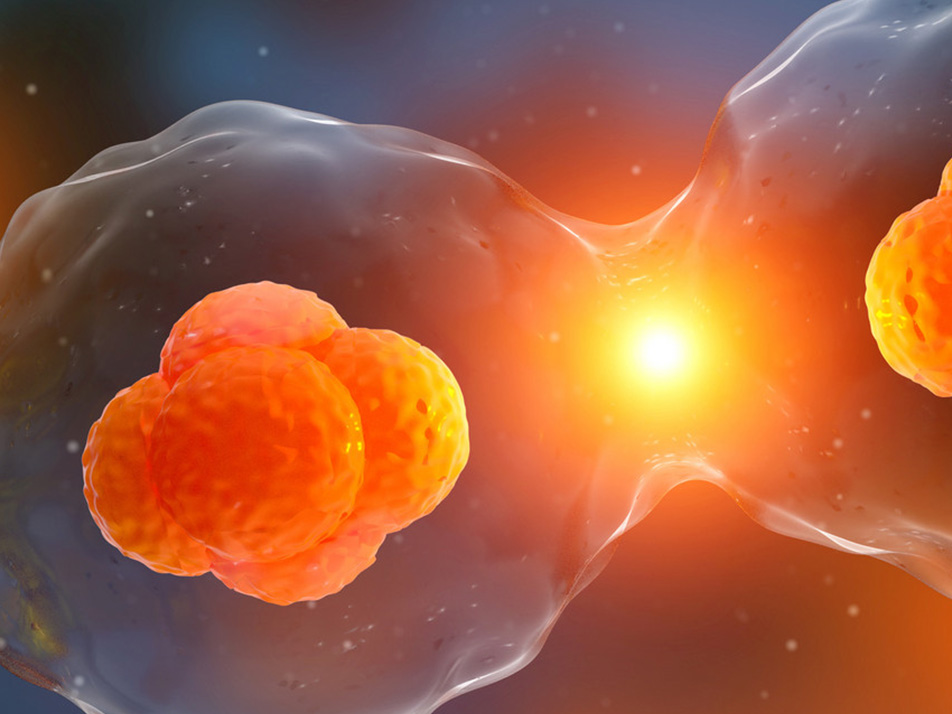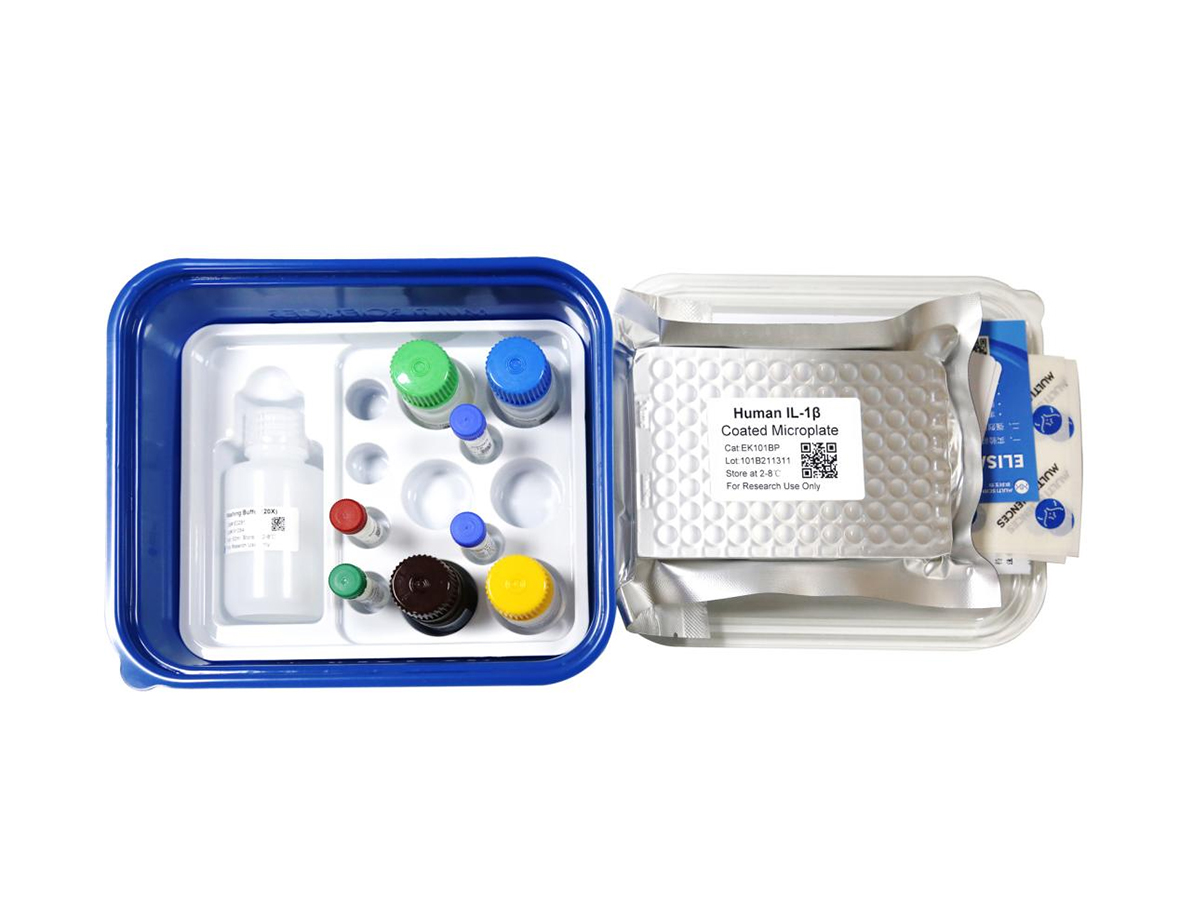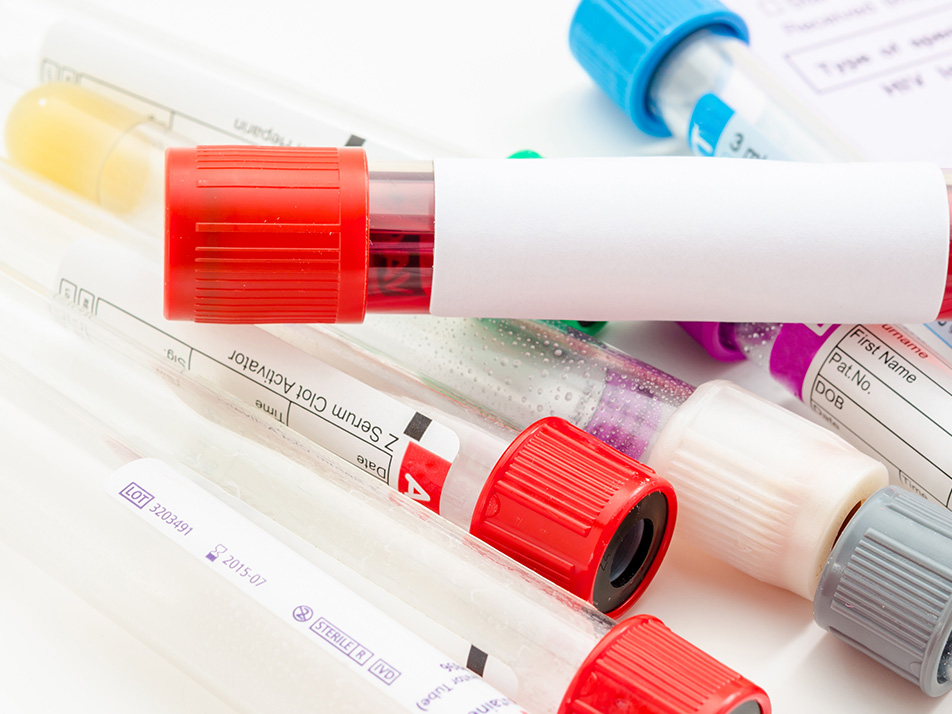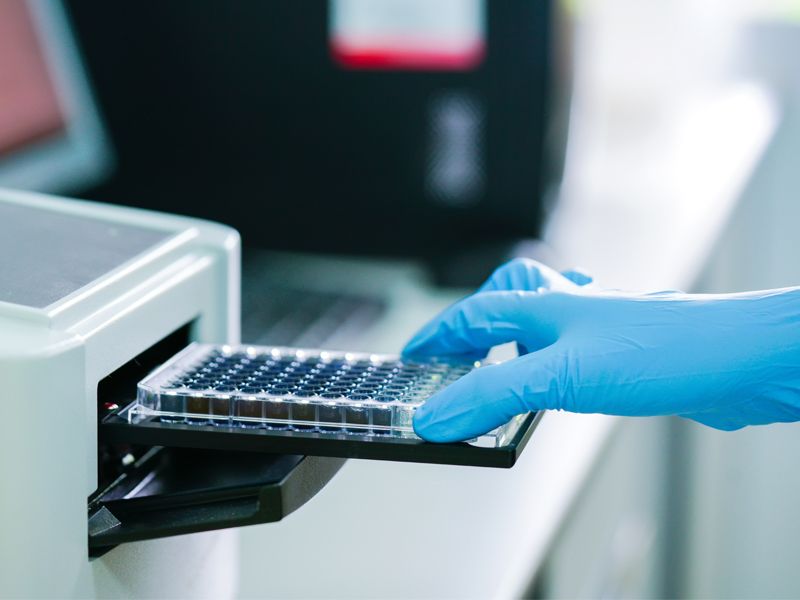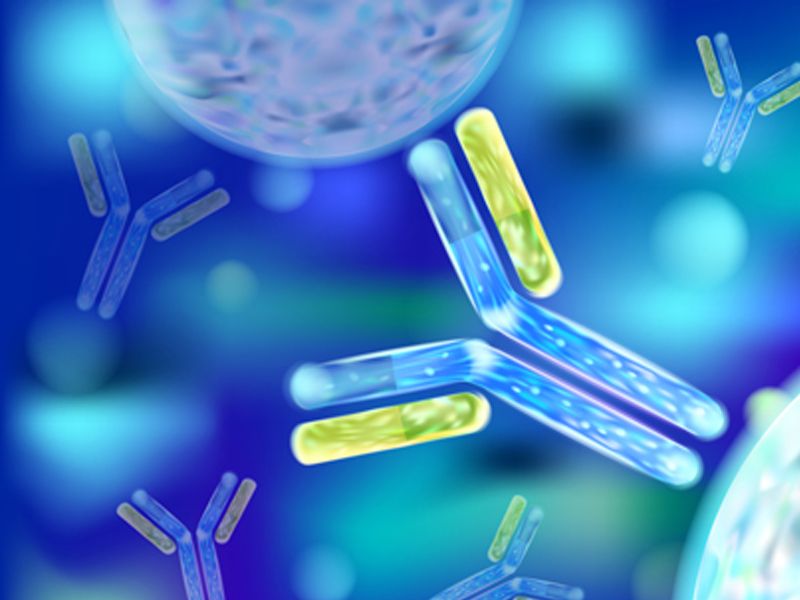EK1M07S
Human MMP-7 Standard (人基质金属蛋白酶7 标准品)
¥280.00
因产品会迭代升级,具体实验步骤请按纸质版说明书操作
文章目录[隐藏]
本产品只包含标准品试剂,如需购买试剂盒请点击下图
-
- EK1M07
- ELISA试剂盒
Human MMP-7 ELISA Kit检测试剂盒(酶联免疫吸附法)
- ¥1,600.00 – ¥2,650.00
| 商品名 |
Human MMP-7 Standard (人基质金属蛋白酶7 标准品) |
|---|---|
| 组分 |
人MMP-7 标准品 |
| 板式 |
管 |
| 保存 |
短期4℃,长期-20℃保存 |
| 运输条件 |
4℃蓝冰运输 |
分子信息
概述人 MMP7, MMP-7, MPSL1 靶点信息
MMP7 分子靶点信息概述
- 分子名:MMP7, matrix metallopeptidase 7
- 基因家族:M10 matrix metallopeptidases
- 别名:PUMP-1
- 曾用名:MPSL1
- 全称:matrilysin; matrix metalloproteinase 7 (matrilysin, uterine)
MMP7 分子靶点综述
基质金属蛋白酶7(MMP-7),又名基质溶解素,在人类中由MMP7基因编码。MMP-7通常在上皮细胞、肝脏和乳腺中表达。MMP-7的表达受Wnt/β联蛋白信号途径调控,受转化生长因子β(TGF-β)介导。裂解的/活化的MMP-7的主要作用是通过降解大分子包括酪蛋白、I、II、IV和V型明胶、纤维连接蛋白和蛋白聚糖来分解细胞外基质。MMP-7可能参与肿瘤转移和炎症过程。上调的MMP-7与许多恶性肿瘤包括食道、胃、结肠、肝脏、胰腺和肾细胞癌有关。MMP-7在重度发育异常的晚期结直肠腺瘤性息肉中高度表达,此外,它参与结直肠腺瘤转化为恶性状态并促进其生长。
人 Human MMP7 分子靶点信息
- 分子名:MMP7, matrix metallopeptidase 7
- 别称:
- matrilysin
- matrin
- matrix metallopeptidase 7 (matrilysin, uterine)
- matrix metalloproteinase 7
- matrix metalloproteinase 7 (matrilysin, uterine)
- matrix metalloproteinase-7
- MMP-7
- MPSL1
- PUMP-1
- pump-1 protease
- uterine matrilysin
- uterine metalloproteinase
- 基因序列:NCBI_Gene: 4316
- 蛋白序列:UniProtKB: P09237
人 Human MMP7靶点分子功能(预测)
Enables endopeptidase activity and metallopeptidase activity. Involved in positive regulation of cell migration and proteolysis. Acts upstream of or within membrane protein ectodomain proteolysis and membrane protein intracellular domain proteolysis. Located in extracellular exosome. Biomarker of endometrial cancer; endometrial hyperplasia; glioblastoma; and lung non-small cell carcinoma.


